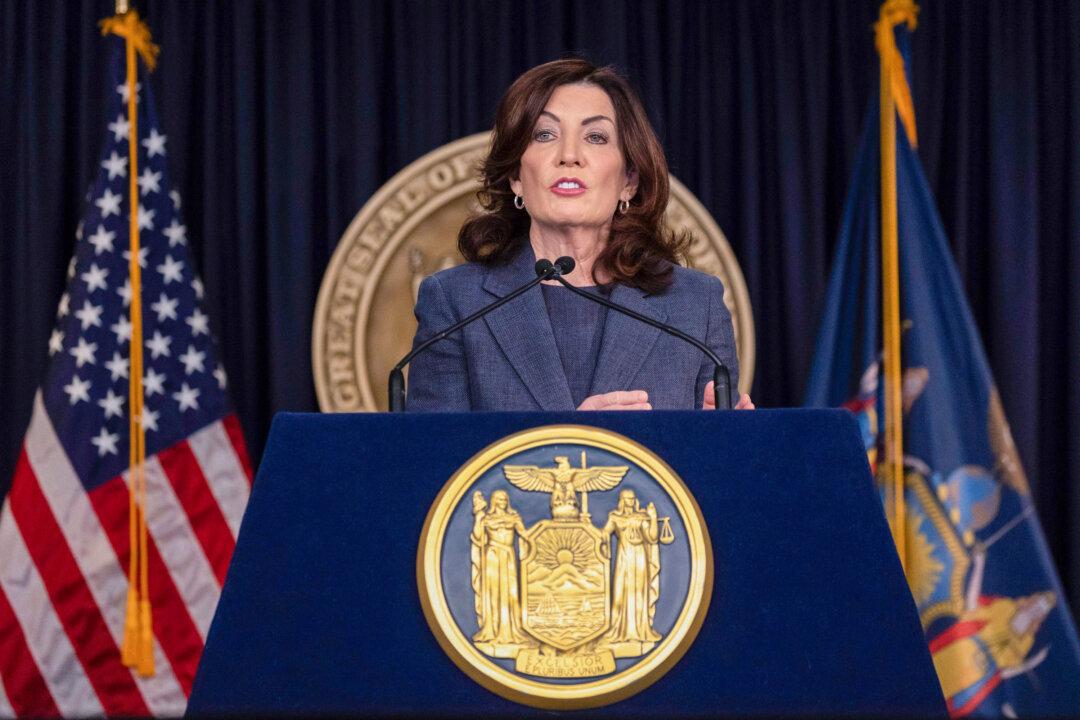News Analysis
The U.S. military’s increased push for diversity and inclusion, as reflected in the far-reaching National Defense Authorization Act (NDAA) signed by President Joe Biden on Dec. 23, 2022, aims to remake the military’s culture and ethos along the same lines as left-wing policies that have been put to use at elite colleges and other areas of the private sphere, defense experts say.





